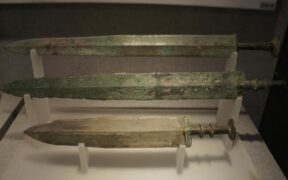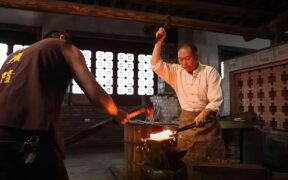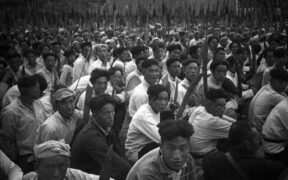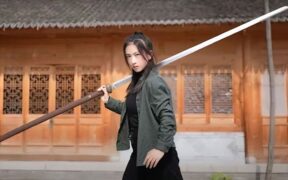Our content features commercial links to our products, committed to transparent, unbiased, and informed editorial recommendations. Learn More
WW2 Chinese Swords: The Chinese Blades of Resistance
NO AI USED This Article has been written and edited by our team with no help of the AI
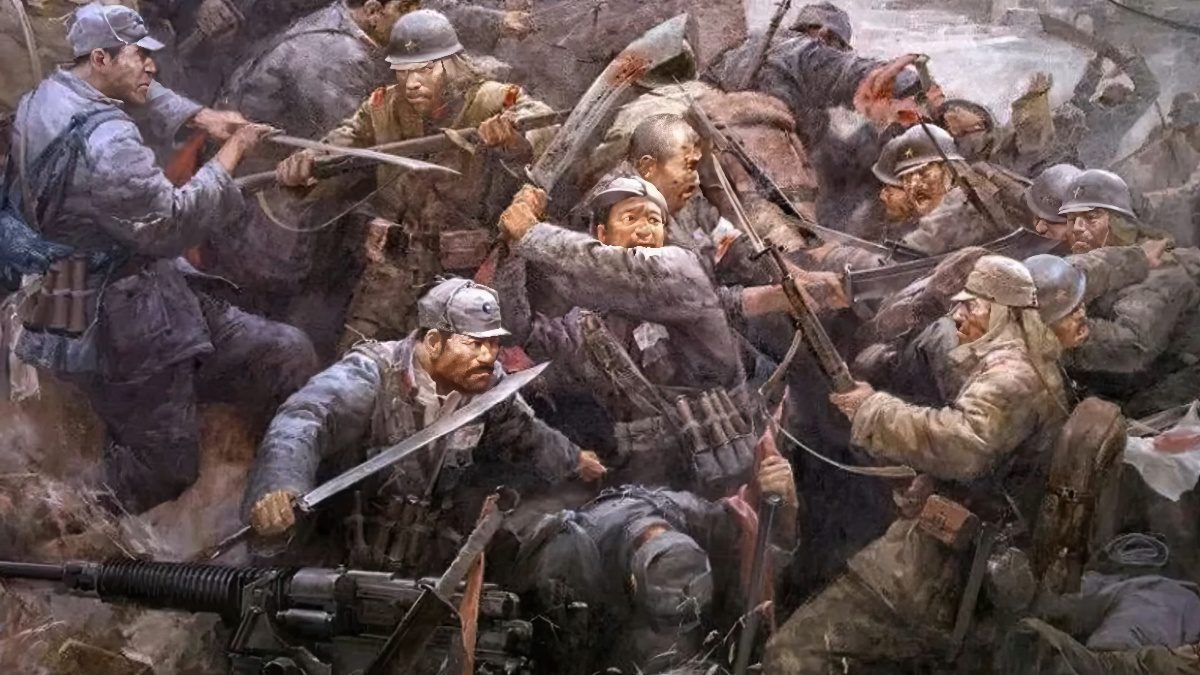
Chinese swords have a long history. They began as basic blades and over time, they became complex and beautiful.
These swords mix martial arts with Chinese culture and art. But sometimes, they were used for self-defense and survival.
This was especially true in the 1900s, including during World War 2 in China. In this article, we’ll talk about different Chinese swords used during World War 2. We’ll also explain why they were important in battles and why they were used.
China During World War II
For China, World War II started in July 1937. Outside Beijing, Chinese and Japanese troops clashed, leading to a full-scale conflict involving numerous battles and utter chaos for the Chinese people.
During this time, daily resources like food were hard to come by, and the same was true for weapons. In some situations, many people used everyday items to protect themselves. If one was not equipped with a rifle, a steel-bladed-edged weapon, for example, was a better survival tool than a pitchfork.
Types of Chinese Swords Used in World War Two
Chinese swords during World War II were characterized by broad blades that did not necessarily rely on their sharpness alone but by the ease with which they could be forged and maintained with a small number of strokes. For this reason, the Dao, a single-edged, curved sword, was prevalent.
DaDao
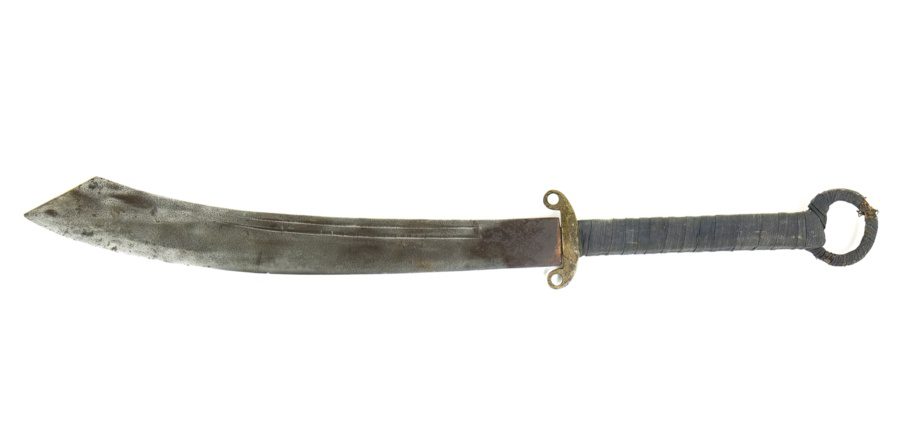
The Dadao sword was the most used bladed-edged weapon in World War II. Since it is not a particularly complex weapon and is relatively simple to create, it has been the preferred weapon for insurgent armies throughout history, including the Taiping insurgents in the 19th century and the Boxer rebellion prior to WW2.
Following the fall of the empire, the sword became even more popular among newly formed mass armies due to its low cost of upkeep and effectiveness. It played a crucial part in the fighting along the Great Wall when it was used to fend off the Japanese (1933) and again in lower Yangtze battles (1937).
It was a terrifying weapon that worked extremely well on unarmored opponents thanks to its broad and curved blade. In some cases, it was one-handed, but some were made with larger handles to offer two-handed strikes.
Niuweidao

Another well-known Chinese sword from WWII is the Niuweidao, which frequently appears in photographs taken by the Japanese. These blades typically originated and were used in Chinese civilian martial arts, were simple to produce, and could be purchased in abundance in local marketplaces.
These types of swords are used only with one hand, and thanks to their broadened blades, they have a history of chopping and slicing through enemies with very quick slashes.
Guandao
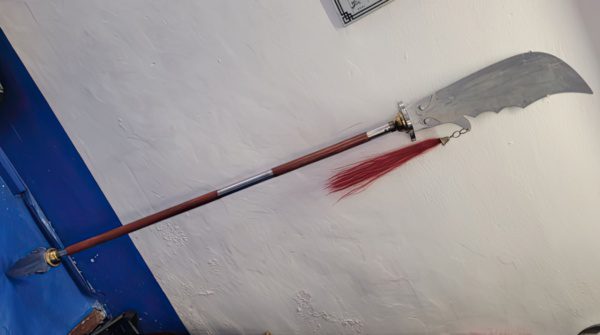
The Guandao is also a sword used during World War II, which is not well known because it is a large and two-handed polearm-like sword. It was found among swords confiscated by the Japanese, and it could have been a very reliable sword due to its broad blade.
We believe that the Guandao has most likely been taken from the temples by civilians for self-defense if they did not have access to rifles, but it could have come from martial arts users as well.
Yanmaodao

Many photographs taken during World War II show a very long and slightly curved Yanmaodao. The Ming Dynasty created this incredibly sought-after and revered blade. Officers may have issued commands with its slim, swift blade, or soldiers used it for other purposes.
Its pointed, somewhat curved tip is useful for stabbing and slashing. Because of its small handle, this sword can only be used with one hand, making it convenient for soldiers to wear around their waists.
Bayonet
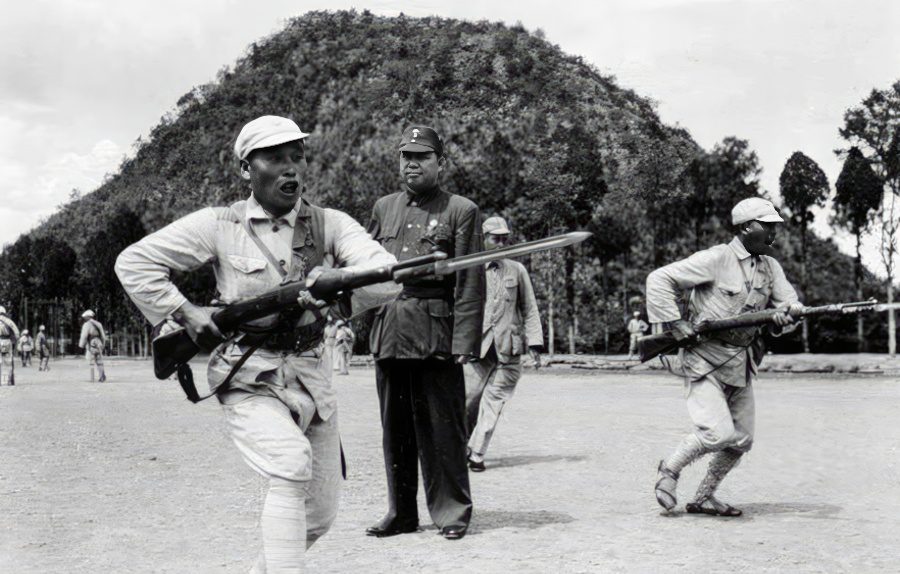
The bayonet, a short blade attached to the end of a rifle, was useful when a soldier ran out of ammo or fought in close quarters, which frequently happened during WWII in China. These characteristics are something that they share with the sword, which is why they are listed here.
In particular, Chinese bayonet blades were known to be longer. There are photos found by regular or irregular forces where a Chinese sword, like a Jian or Yanmaodao, is used in place of the bayonet.
Other Possible Swords
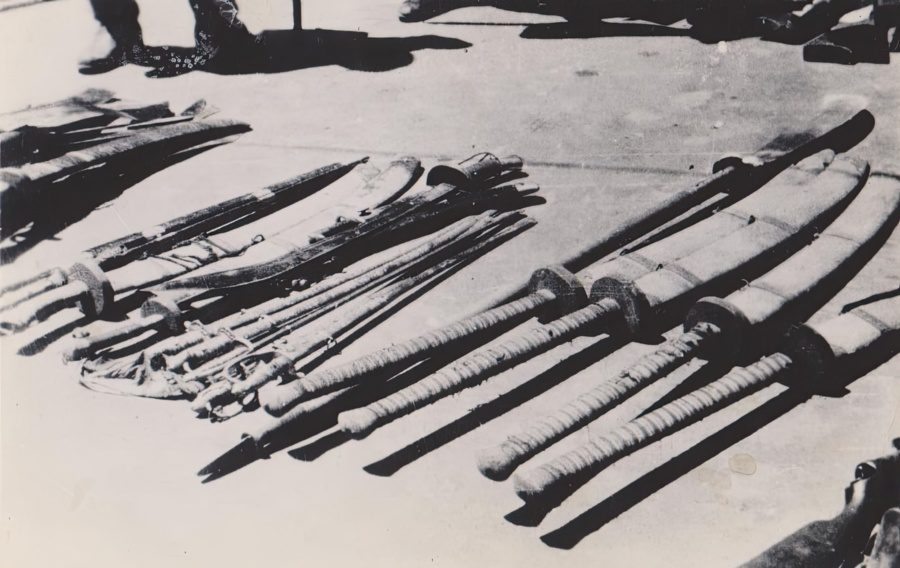
There have been findings of multiple styles of Chinese swords during World War II. Blades like the Jian sword have been found, as seen in the picture above. However, they may or may not have been used for battle because they could have been extracted by raids or plundering of certain regions.
The Jian or some European-style sabers are good examples of swords highly linked with authority and martial arts. They could be effectively used as ceremonial or officer’s swords during WWII.
Why Were Chinese Swords Used in World War Two?
Firearms, heavy artillery, air forces, long-range and big-scale bombs, and other such weapons were principal in the Chinese theater of World War II. Yet, the sword was also a valuable asset in close combat situations.
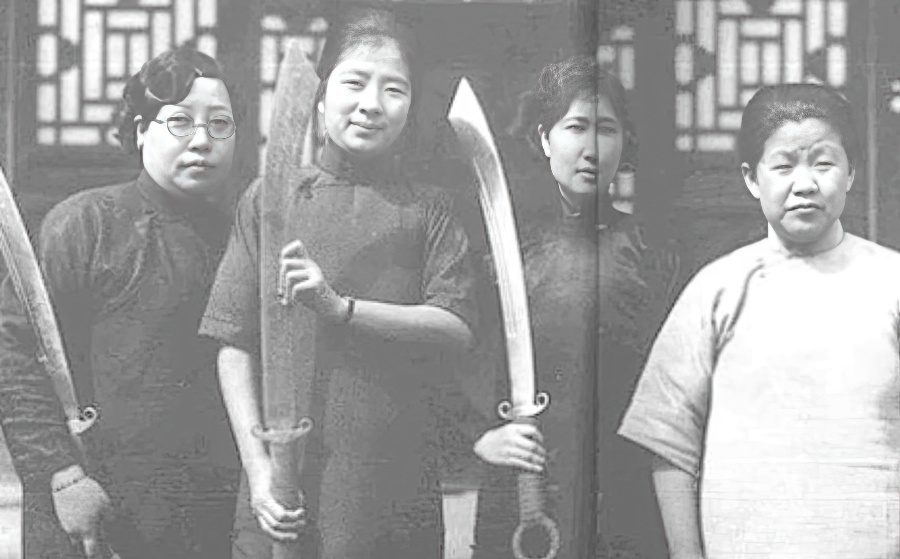
Even though they didn’t influence the outcome of the war, swords were important in some battles, especially when used to surprise the enemy. However, more importantly, the high status and value of Chinese swords in the nation’s history made them an effective psychological tool during World War II.
